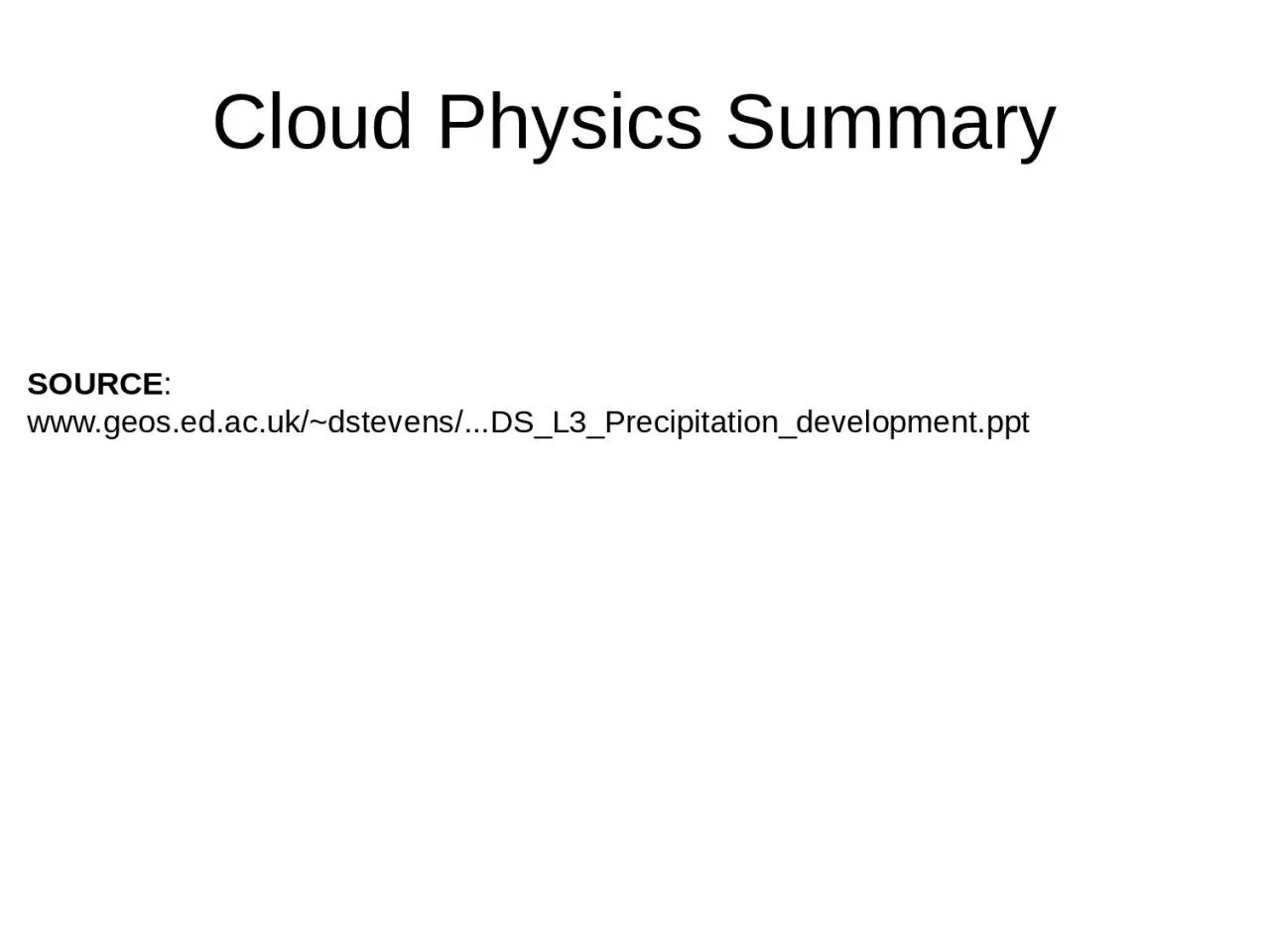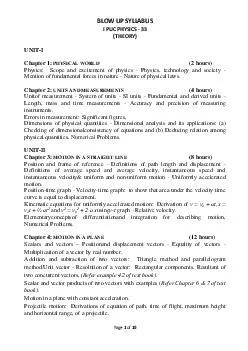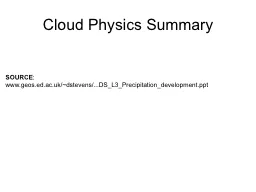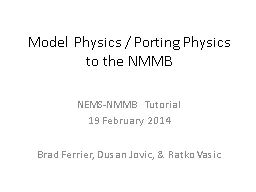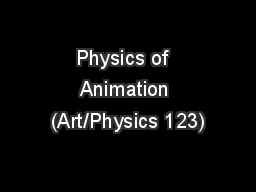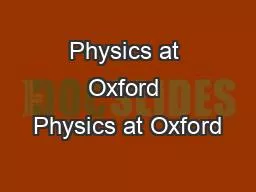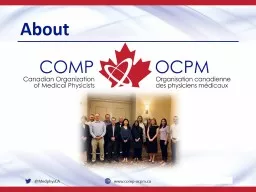PPT-Cloud Physics Summary SOURCE
Author : davies | Published Date : 2023-10-26
wwwgeosedacuk dstevens DSL3Precipitationdevelopmentppt Precipitation development Warm and Cold clouds gt0 C lt0 C Last lectures from me Cloud droplet formation
Presentation Embed Code
Download Presentation
Download Presentation The PPT/PDF document "Cloud Physics Summary SOURCE" is the property of its rightful owner. Permission is granted to download and print the materials on this website for personal, non-commercial use only, and to display it on your personal computer provided you do not modify the materials and that you retain all copyright notices contained in the materials. By downloading content from our website, you accept the terms of this agreement.
Cloud Physics Summary SOURCE: Transcript
Download Rules Of Document
"Cloud Physics Summary SOURCE"The content belongs to its owner. You may download and print it for personal use, without modification, and keep all copyright notices. By downloading, you agree to these terms.
Related Documents

